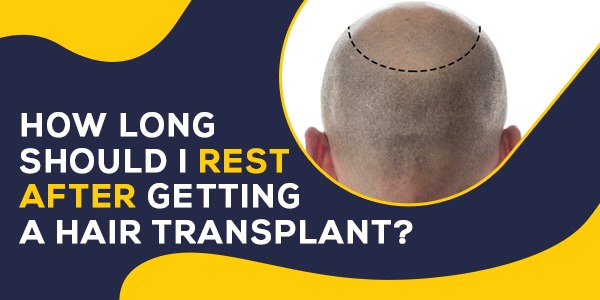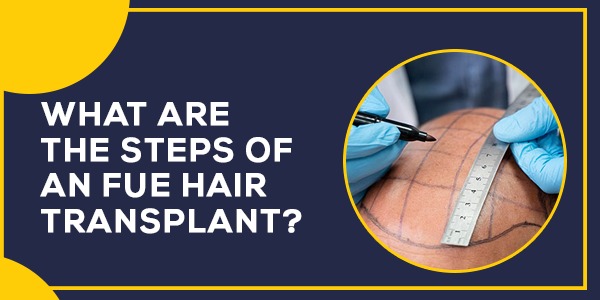How Long Should I Rest After Getting A Hair Transplant?
The most frequently asked question following a hair transplant is, “How many days of rest are required after hair transplant surgery?” Patients are curious about the hair transplant recovery process and have obvious surgical scars. Whether you are a professional, student, housewife, or retiree, you should not return to your customary duties until the fifth […]
How Long Should I Rest After Getting A Hair Transplant? Read More »


